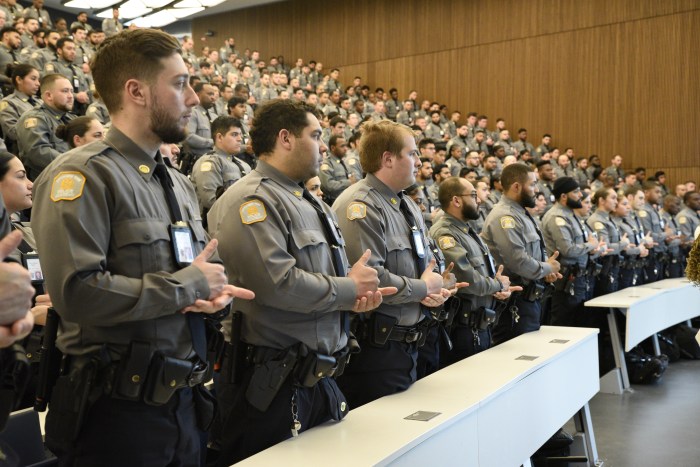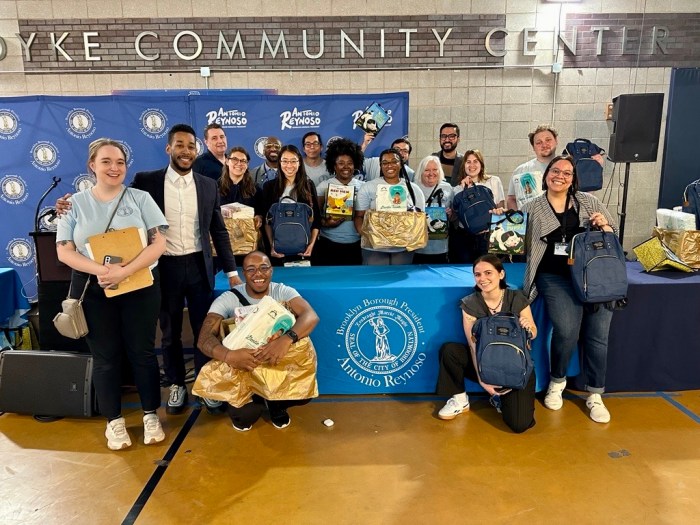
Roughly 160,000 visitors jam into Central Park’s 843 acres on a given summer weekday — most of them seeking desperately needed relief from a wildly fractious city.
What they may find is something else.
Joggers, bicyclists, motorists, sightseers and skaters often wind up fighting for space — on roads, in jogging lanes, on bike paths. Collisions aren’t uncommon. Injuries happen. So do deaths. The NYPD is trying to beat back the anarchy, but this is New York — so good luck with that.
The motorists present a special problem. The surface roads through the park are open to traffic on weekdays, and complaints about speeding have persisted for years.
But now, fortunately, two City Council members from the West Side — Helen Rosenthal and Mark Levine — have stepped up with a possible remedy.
They’ve introduced a bill that would ban motor traffic on a trial basis next summer on the roadways that make up the park’s loop drive. The shutdown would come when park visitation is highest — June 24 to Sept. 15.
The idea is to see what happens on the streets and in the neighborhoods around the park when motorists can’t cut through. The four vital transverse roads connecting the East Side with the West Side — at 65th, 79th, 88th and 97th streets — would not close.
The results could be surprising. We’re hoping they say a total vehicle ban is possible — except for police cars, ambulances, fire trucks and park maintenance vehicles.
But who knows? Manhattan has a residential population of 1.6 million people jammed into 23 square miles. And in addition, 260,000 commuters roll into the borough in cars each workday. Even minor street blockages cause major headaches.
Still, some experts argue that closing the park to traffic will diminish traffic nearby. Why? Because streets invite traffic, they say, and with fewer options, more drivers will avoid the area.
We hope they’re right. Central Park is often called the lungs of the city — and it needs to stay that way.

















